Wolf Haven
Annie Marie Musselman’s new photo book captures the intimate lives of wolves
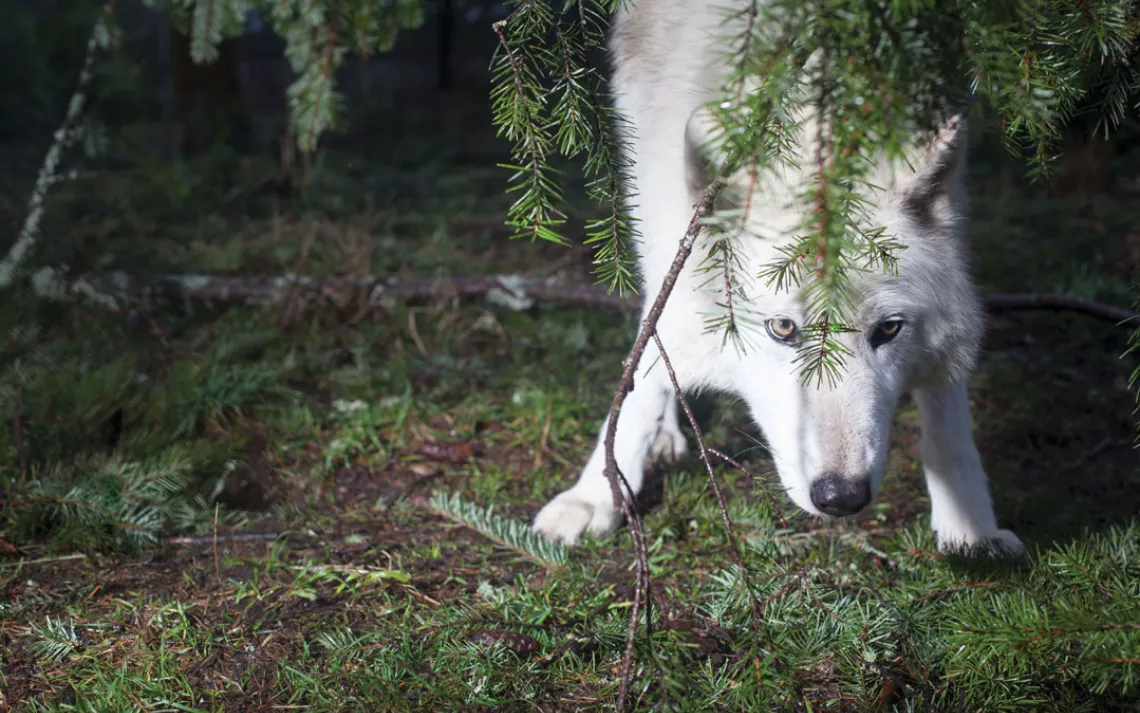
Jaque about to pounce. | Photo by Annie Marie Musselman
It was pregnancy that led Annie Marie Musselman into a now six-year-long project photographing wolves. The 43-year-old photographer had just received a grant from the Getty Foundation and was planning to travel to Sulawesi, Indonesia (to photograph an animal rescue center housing victims of the wildlife trade) when she found out she was in the early stages of pregnancy.
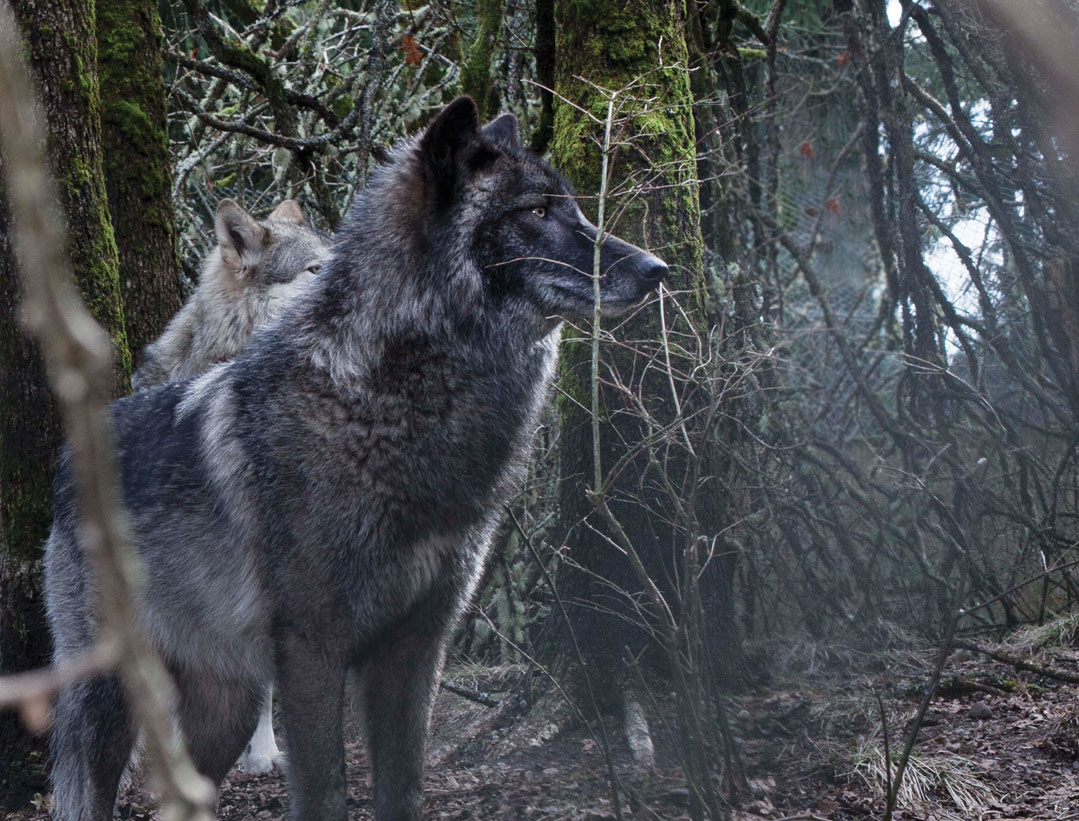
Shadow (left) and Juno, a wolf dog. | Photo by Annie Marie Musselman
When Musselman went to the doctor for her vaccinations, she was warned against travel because of the malaria risk. She ate the cost of her $1,000 ticket, sat down at her computer, and googled animal sanctuaries in her home state of Washington. When Wolf Haven International came up, she knew she had a match. “I called them and emailed them, and it took them awhile to get back to me,” she says. “And Getty was just waiting. I was like, am I going to be able to do this?”
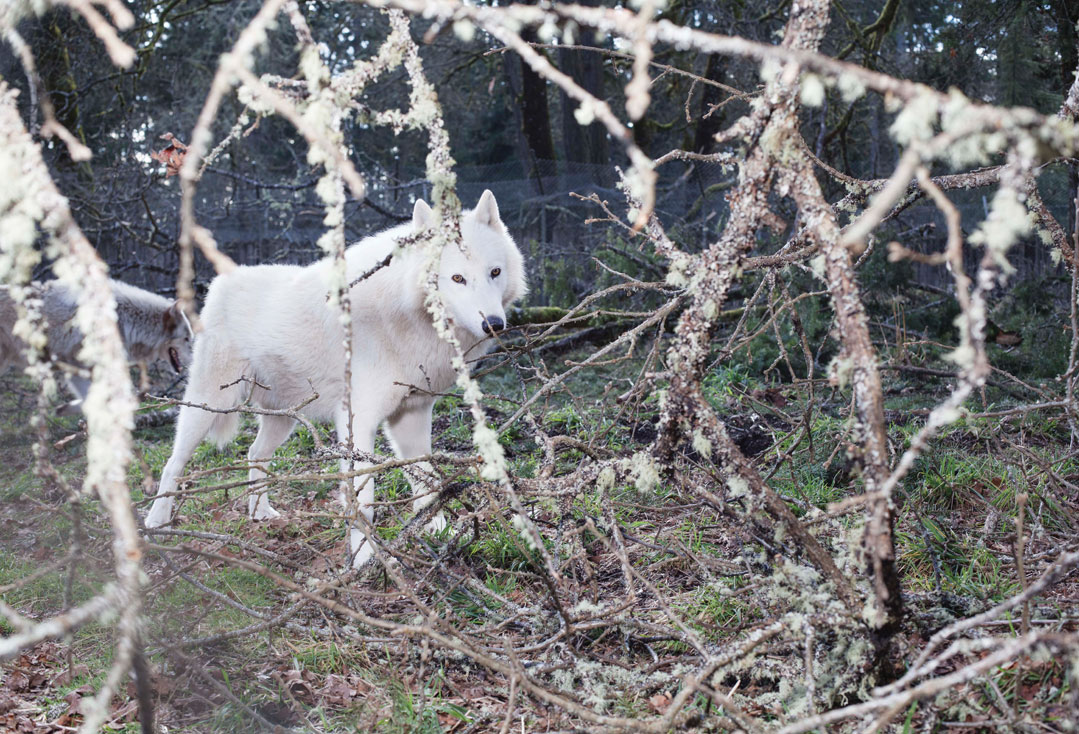
London, who came to Wolf Haven in 2009. | Photo by Annie Marie Musselman
Musselman met with the Wolf Haven director in her hometown of Seattle. They hit it off. That winter she made her first trip to the sanctuary, a two-hour drive, despite the threat of a coming snowstorm. “Everything about that day just comes back,” she says. “It was totally beautiful, and the wolves were pretty breathtaking. I’m sure you can imagine they are really shy, so I didn’t get to see them a lot that first day.”
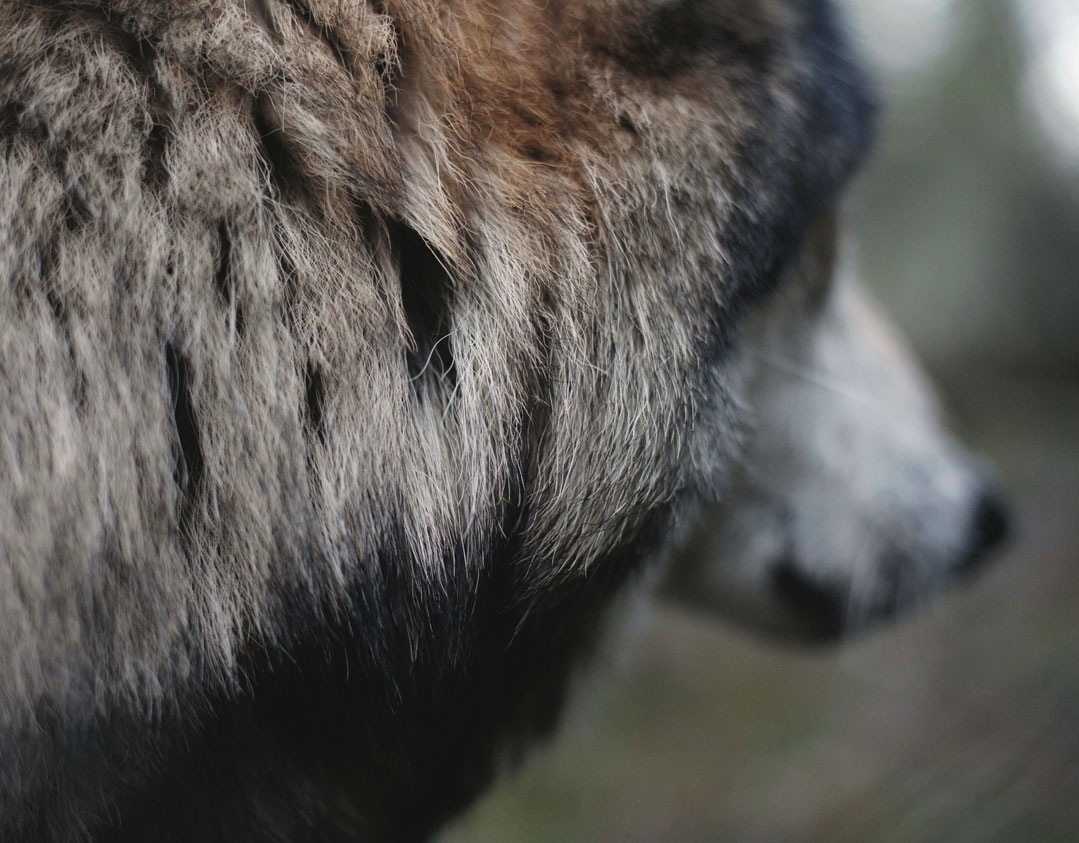
Wolf fur is dense and luxurious. | Photo by Annie Marie Musselman
The sanctuary houses 55 wolves in fenced-in enclosures. There are gray wolves, wolf dogs, Mexican gray wolves, and red wolves. In order to photograph the animals, Musselman positioned herself next to the fence and waited. At times, she knelt on the ground until the ants that crawled up her legs became too much of a nuisance. Other times, she sat in her dad’s old fold-up chair, waiting for the wolves to come close enough to photograph. Often, they wouldn’t come close to the fence until she moved. “I would get up and leave, and they would literally within seconds be at the fence smelling where I was,” she says. “They are so aware and so smart. And then, if I would walk back to the fence to try and shoot them, they would walk away.”
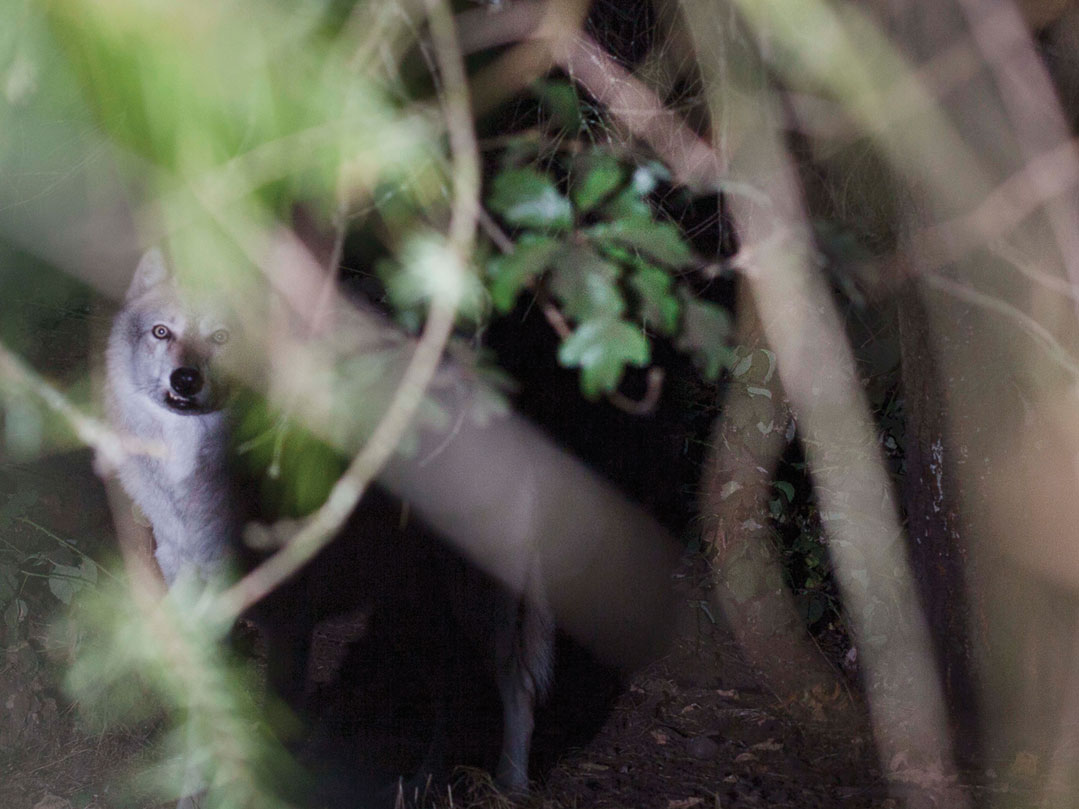
Riley. | Photo by Annie Marie Musselman
Musselman had to play their game; she was determined to capture intimate images of the animals. She wanted to photograph with a 35 mm and 50 mm lens, so the animals needed to feel comfortable coming near her. She often put her camera and tripod right up against the fence and shot at a low aperture between the metal bars. “I wanted to show them up close,” she says. “Their eyes, their fur, and how everything just looks so beautiful.”
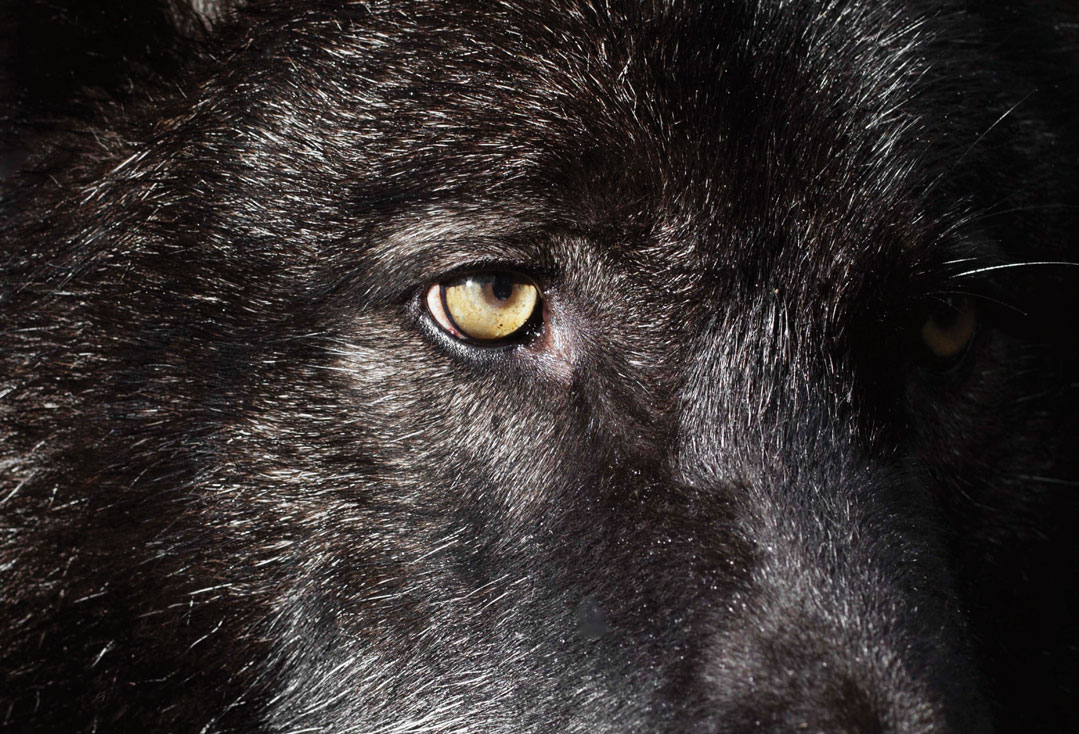
Caedus, a wolf dog. | Photo by Annie Marie Musselman
Patience became the key to her project. “I would sit and wait for them to come close because I wanted to develop a relationship with them, to show people that these animals are not as they are portrayed in books and movies,” she says. “They’re not bloodthirsty killers. They are like dogs that we have at home; they’re just wild.”
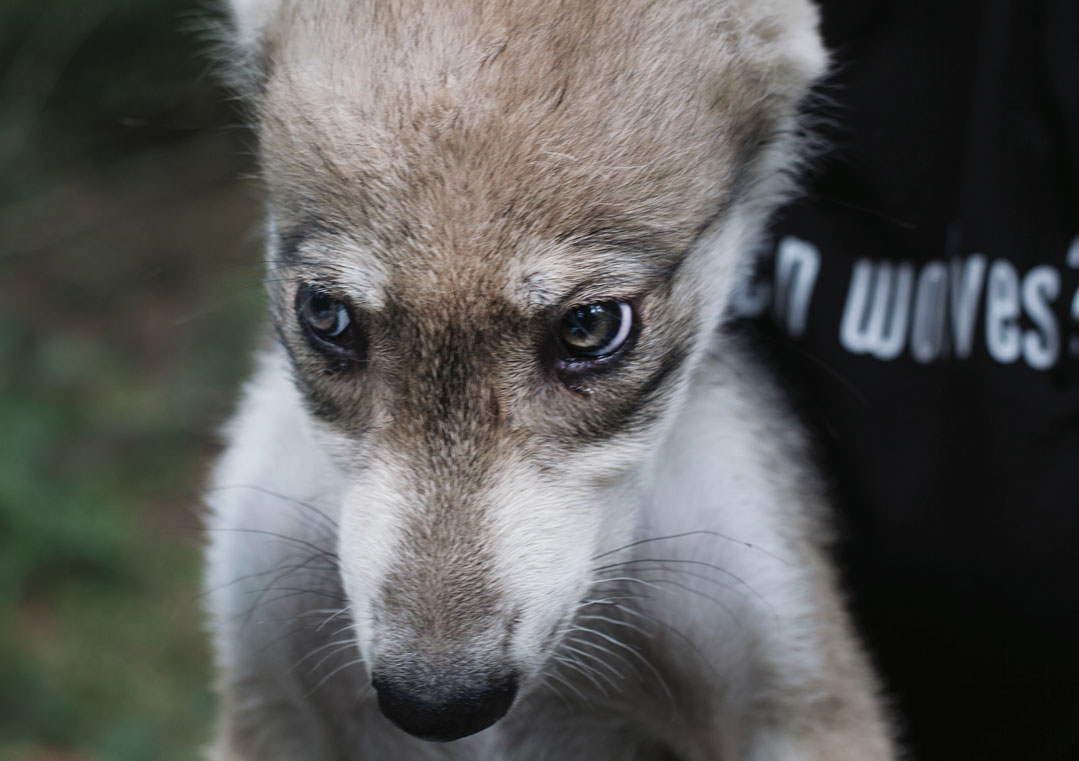
The Mexican gray wolf is the smallest of the species. | Photo by Annie Marie Musselman
Musselman traveled out to the refuge every Thursday. Sometimes it took her more than a month to get something she could use. “I would go five times and get one photo from tons of rolls of film,” she says.
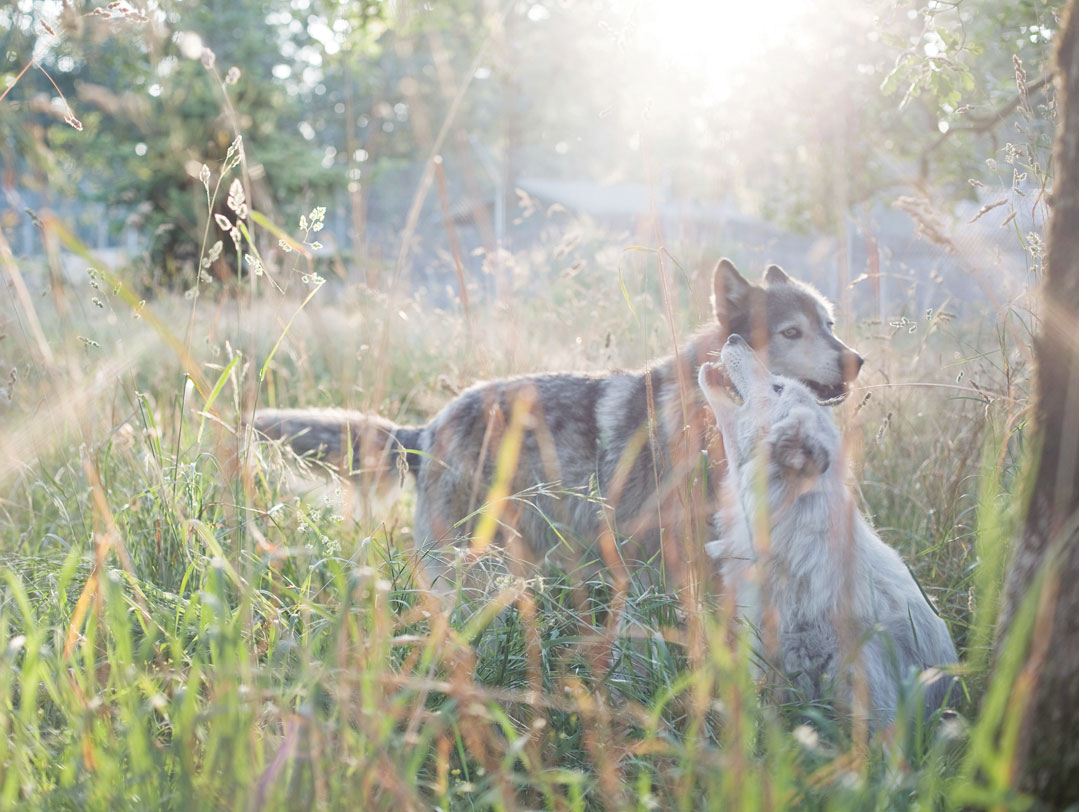
Jesse James and her devoted partner, Shiloh. | Photo by Annie Marie Musselman
Sometimes she photographed the wolves with the fence in the foreground to capture the reality of the existence in the sanctuary; other times, she shot them with lights to freeze their movements. She wanted to capture the spiritual feeling she got from the animals. “I hope my pictures can offer a deeper look inside the souls of these creatures and inspire humans to care for them and reflect on all of our deep interconnectedness as beings of the earth,” she says.
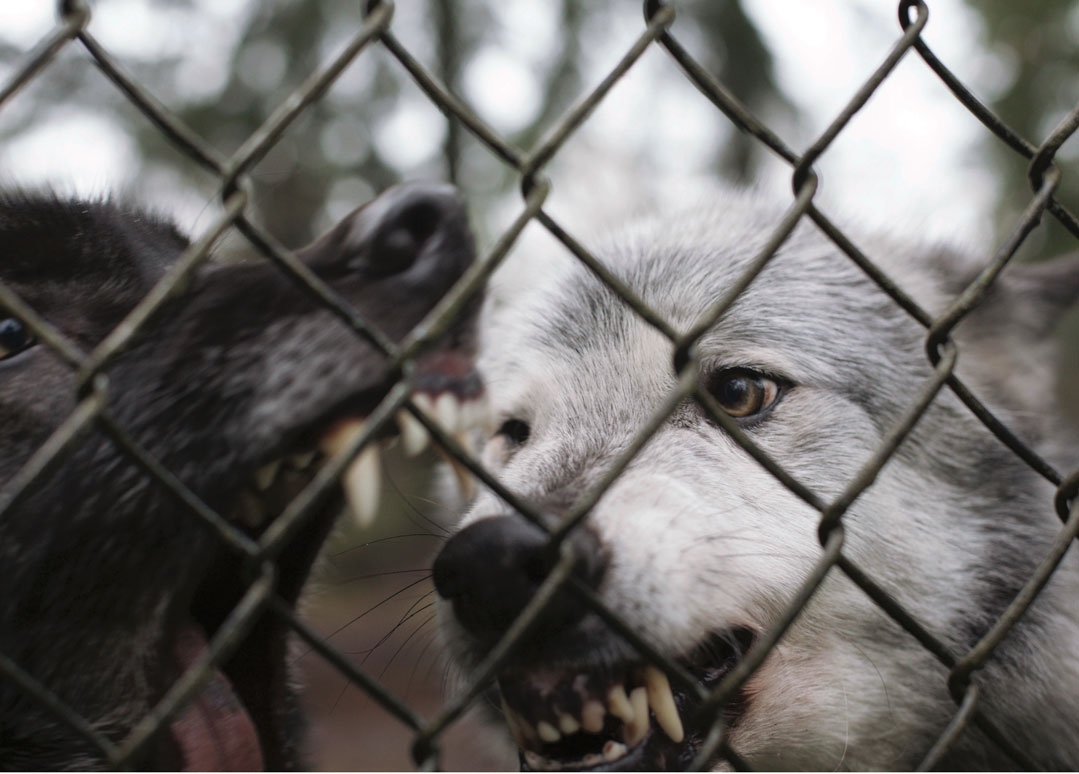
Caedus and Ladyhawk posturing for attention. | Photo by Annie Marie Musselman
Her photo collection is available in the 144-page Wolf Haven: Sanctuary and the Future of Wolves in North America, out this month from Sasquatch Books (the text was written by Brenda Peterson). Musselman hopes people who might otherwise be distant from nature will look through the book and be inspired to act. “Maybe by seeing these animals up close and by learning about them, people will care more for them and want to protect them more,” she says.
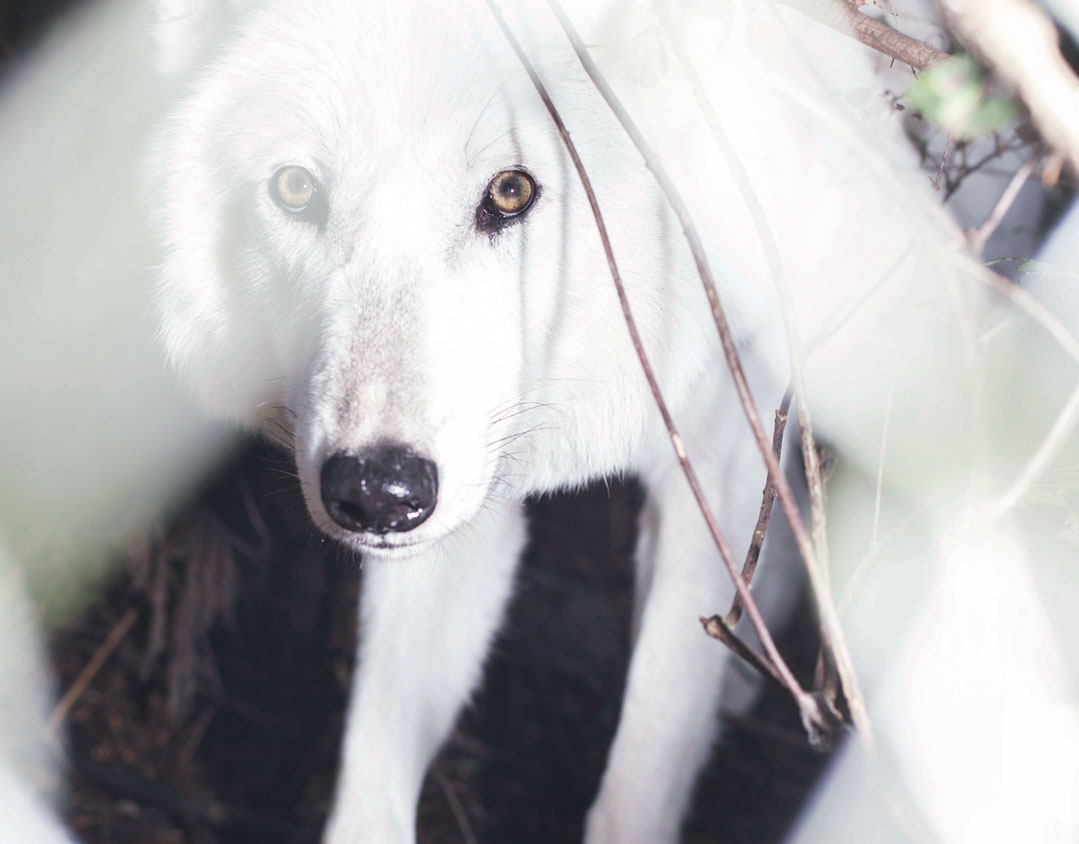
Lonnie was found at a young age wandering in a cemetary in Los Angeles. | Photo by Annie Marie Musselman
 The Magazine of The Sierra Club
The Magazine of The Sierra Club